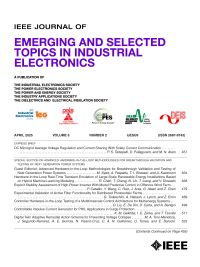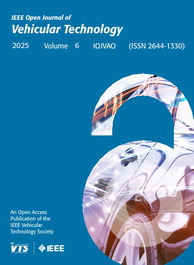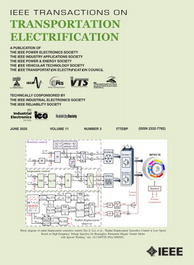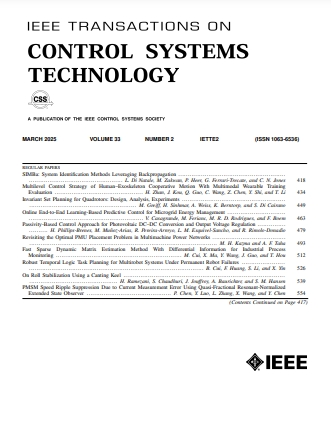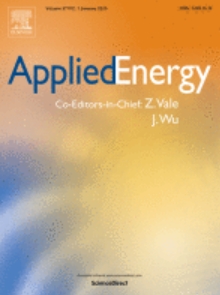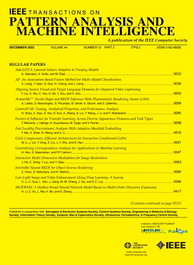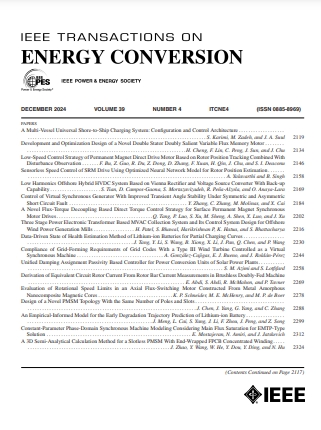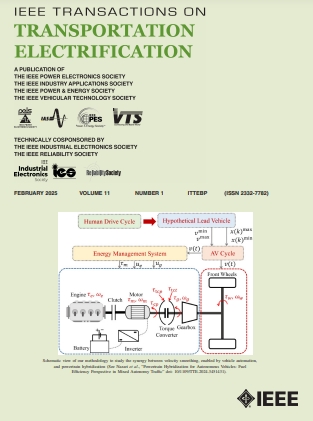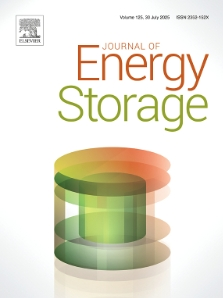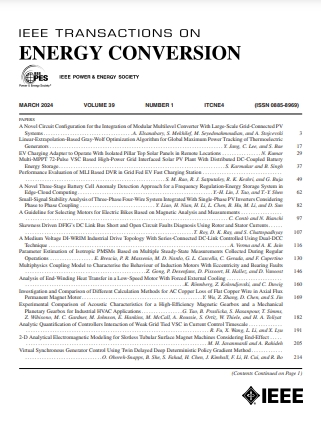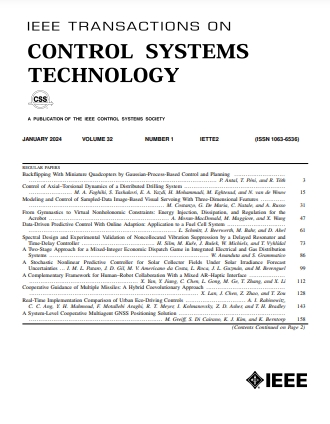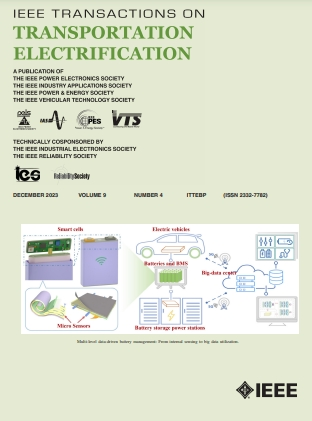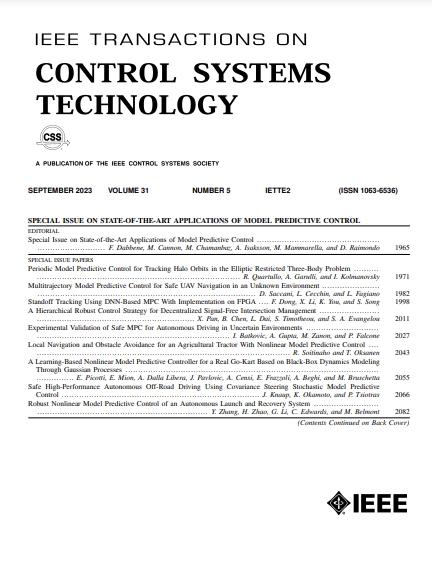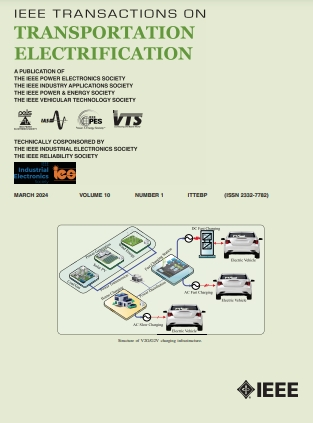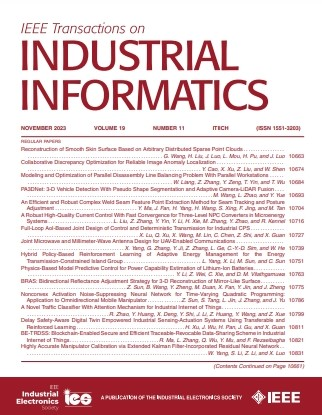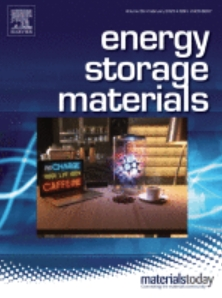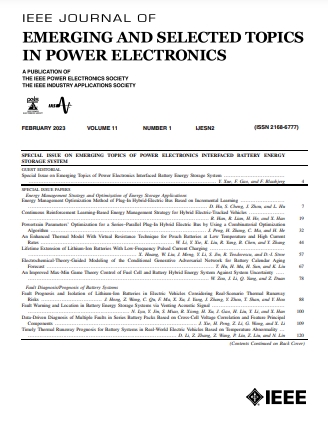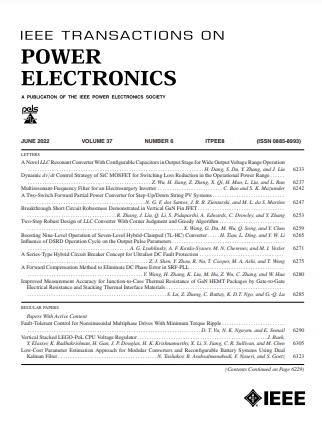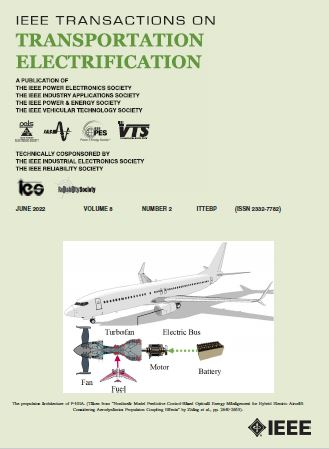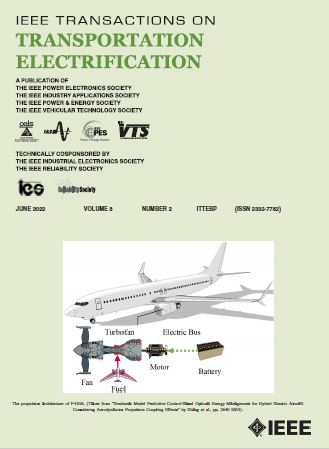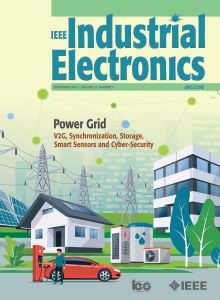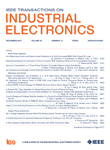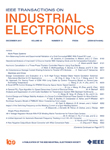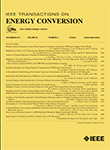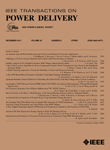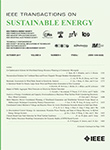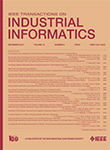A systematic study of pipe and electrical connections for multi-stack vanadium redox flow battery modules considering electrolyte transport delays
Published in Chemical Engineering Journal, June 17, 2025

In multi-stack vanadium redox flow battery (VRB) modules, transport delays caused by variations in pipe structure and length can lead to imbalanced electrolyte distribution, higher efficiency losses, and reduced capacity utilization compared to single-stack systems. These limitations pose significant challenges to the scalability of VRBs for grid-scale energy storage. In this paper, we present a systematic study of various multi-stack VRB module configurations using a high-fidelity model that explicitly incorporates transport delays. A total of 208 multi-stack configurations are categorized and analyzed based on two key factors: pipe connections and electrical connections. Pipe connections include T-shape pipe flowing through the stack (T-shaped) and positive and negative tanks on the same side (same-side), cross-shape pipe flowing through the stack (cross-shaped) and positive and negative tanks on the opposite side (opposite-side), T-shaped opposite-side, cross-shaped same-side. Electrical connections include series, parallel, and mixed layouts. Simulation results identify the cross-shaped opposite-side pipe connection as optimal in terms of both capacity utilization and energy efficiency. Among electrical layouts, a 3p2s configuration (three stacks in parallel × two stacks in series) demonstrates the best system-level performance. The study further explores the impact of different initial states of charge and operating temperatures. In addition, an in-depth techno-economic assessment is performed to evaluate the practical feasibility of all considered configurations. By explicitly integrating transport delay dynamics, the proposed modeling framework enhances the predictive accuracy of VRB system performance. The findings provide quantitative insights for the design and optimization of scalable, high-efficiency multi-stack VRB systems suitable for grid-scale deployment.

